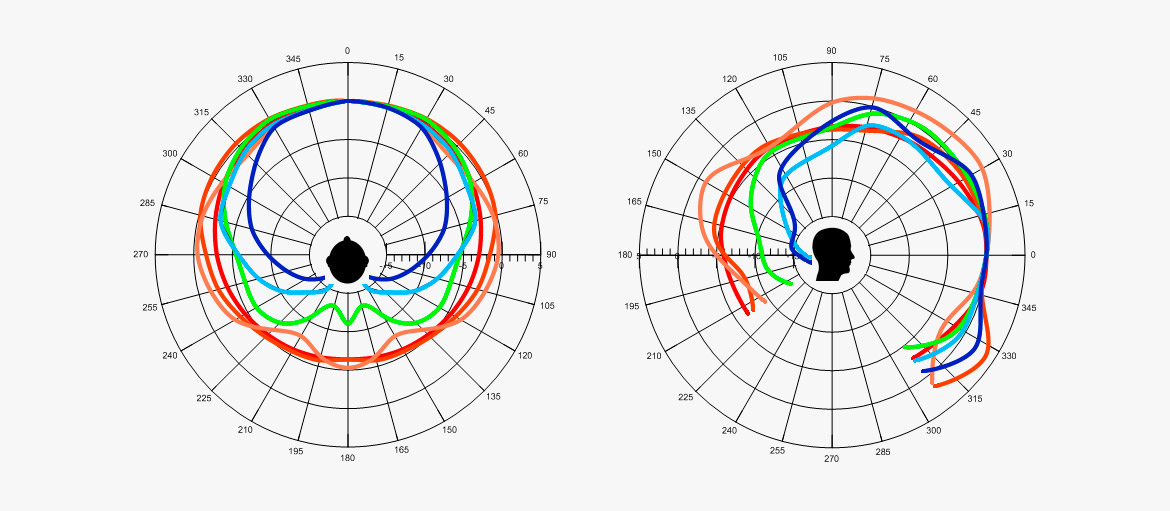It's been a while since I read Toole, but I would characterise his comments on wide vs narrow directivity more as well-reasoned
hypothesis than as actual science.
The most rigorous actual
scientific data we have on the question to my knowledge comes from Olive's multiple regression analysis studies.
I recently posted the following in another thread, so sorry for the re-post here. But below are the target slope values (i.e. slopes most closely correlating with those speakers in the studies that were most preferred) calculated from Olive's studies:
I've plotted the target slopes for the larger,
wider-directivity sample set using Olive's formula:
Here are those plots:
As I noted in the other thread, the target slopes of the wider-directivity sample set actually match those of KEF speakers more closely than they match those of Revel.
Moreover, these target slopes do not represent what I think many people have in mind when they use the term "wide-directivity", although ofc they are not "narrow directivity" either.
As I also mentioned in the other thread, it might be interesting to speculate that wider directivity was the reason 8 out of 11 listeners preferred the Salon2 over the M2 in the oft-cited shootout, but the sample is too small and the variables too numerous to call such speculation science (by a long stretch IMHO).

